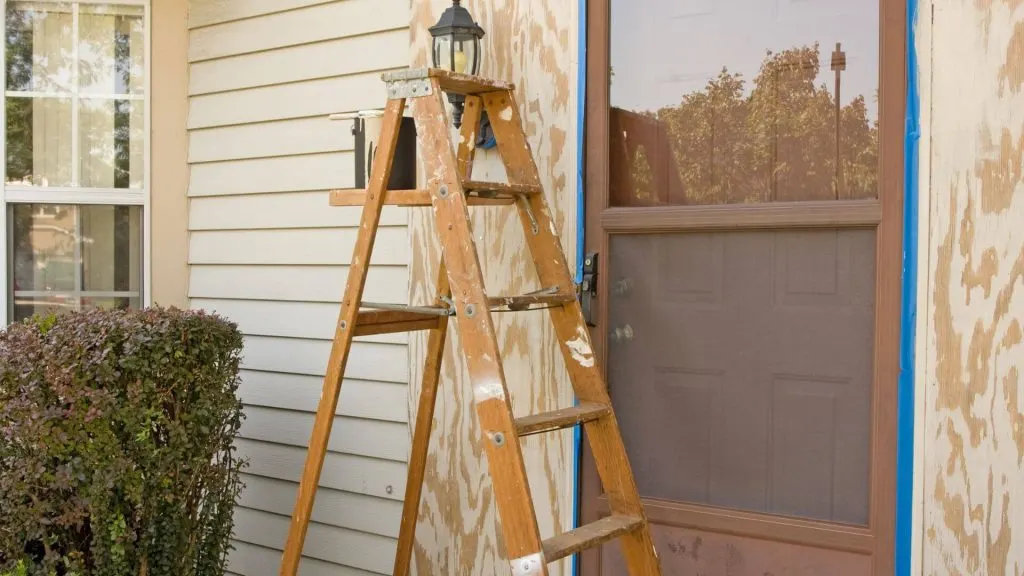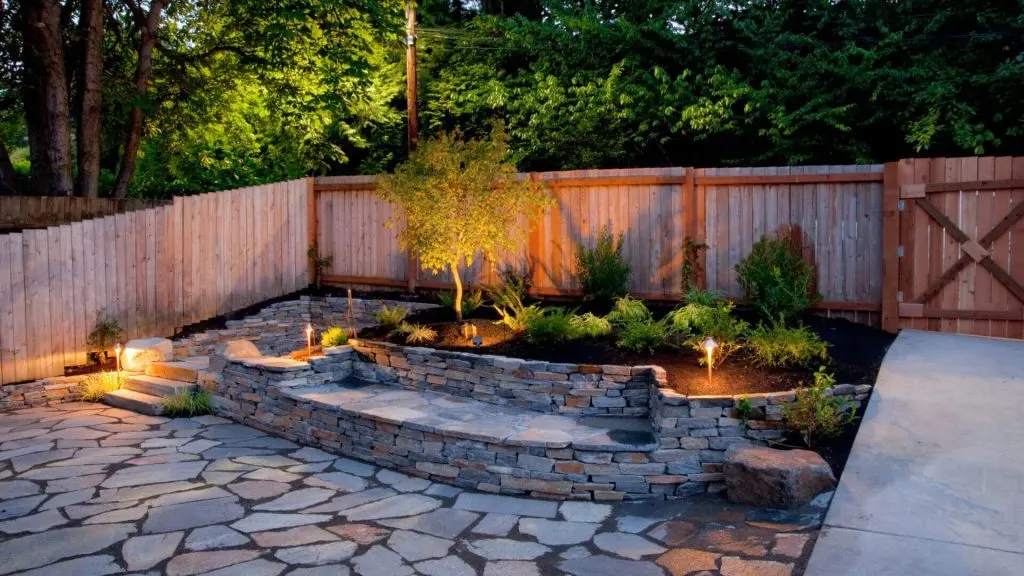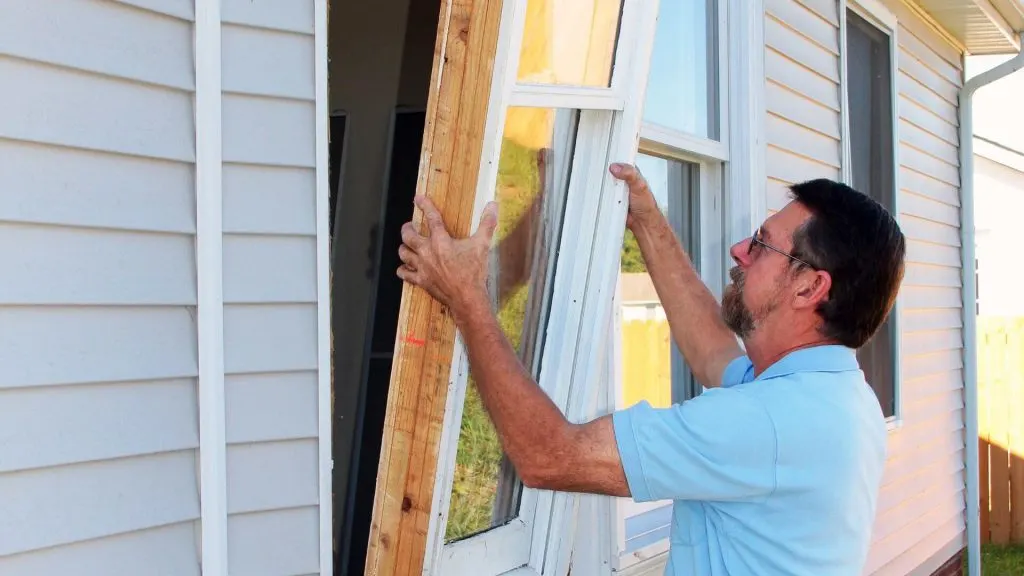Property has always been an expensive investment, and, unfortunately, with utility bills skyrocketing, maintaining a functional home is also more costly than ever. Starting with the outright cost of the house, to mortgage and rent prices, and then living in the house, there is so much to account for. And when you add in looking after a family of your own, things only get more pricey.
However, there are plenty of ways to save money daily. Whether it be changing the way you use electricity or releasing equity, if you are, like many of us, struggling for cash, there are methods in which you can free up a little space in your wallet.
Though renovations come with significant upfront costs, making wise investments early can save you a lot of money in the long term. Carry reading for some home renovation ideas that will elevate your living space and save you money for years to come.

Roofing: A Solid Overhead Investment
The roof acts as the first line of defense against the elements, and though often neglected as a non-essential repair, keeping your roof maintained can save you a lot of money on heating bills.
Renovation decisions you make in this area should depend on the type of roof installed, its condition, and, of course, your budget. The two main things to keep in mind with everything roofing include:
Materials
Choosing high-quality, durable roofing materials ensures longevity and, in doing so, makes sure your investment is worthwhile. New roofing will improve heat regulation within your home. Internally, your property will be cooler in the summer and hotter in the winter, decreasing the usage of HVAC and heating systems alike.
Spending more in this area will decrease the amount you need to put into your roof in the long term. Among the common residential roofing materials are:
- Asphalt Shingles: A classic, these are easy to replace and affordable, though not the most durable, and require quite a bit of maintenance.
- Roofing: Coming in various shapes and sizes, metal roofing is highly durable and energy efficient but not the most aesthetically pleasing option.
- Slate: Very good-looking and incredibly durable, slate is one of the most popular materials on the market. However, due to its weight and price, it is often not the most practical option.
Shape
The shape of your roof will determine the type of material you pick, the amount of material you need, and the frequency of maintenance. Each profile has its own qualities and things to look out for:
- Flat Roofs: Though typically used on commercial buildings, flat roofs are gaining more popularity residentially. Essential tips for effective flat roof repair include removing mold before any maintenance, staying on top of cracks, and checking for watermarks.
- Hip Roofs: These are more labor-intensive to fit and maintain. If you have a hip roof, inspecting skylights regularly and installing waterproof barriers is always a good idea, as this shape is prone to leakages.
- Pitched Roofs: This shape is convenient and comes with loads of energy-saving benefits. Though this is all well and good, they are also expensive to install and maintain and require a greater depth of footing. They are also prone to leaks and drainage issues.
- Curved Roofs: Roofs that are curved are complex and rarely seen in residential housing. If you have to deal with a curved roof, it’s good to know that roof maintenance on this type is pretty much the same as above.
No matter the type of roof you have, keeping on top of maintenance is always a good idea. You’d be surprised just how much heat can escape from a damaged roof.
Luckily, plenty of energy-efficient roofing options, such as cool roofs and solar reflective coatings, aim to create a more sustainable lifestyle.

Green Gardening
There are a few ways in which you can practice sustainability in your garden and cut down any long-term maintenance costs in the process. Though it is sometimes considered a fancy word, landscaping doesn’t have to be as costly as long as you make some wise decisions. Here’s how to create a beautiful and cheap outdoor space:
- Native Plants: Though it isn’t always the most fashionable option, opting for native plants that are well-adjusted to your local climate will significantly reduce the need for maintenance. By planting flowers sourced locally, you’ll reap the rewards of using less water and fewer chemical treatments.
- Smart Irrigation: This technology uses weather and soil moisture data to determine your garden’s needs. Particularly useful for more extensive gardens, smart irrigation systems prevent water wastage and contribute to savings over time.
- Mulching: By adding a thick layer of organic fertilizer over the surface of your flowerbeds, for example, you’ll improve soil moisture, reduce the frequency of water, and see life grow freely in your outdoor space. Once again, mulching keeps those pesky water bills in check.
- Waterbutts and Composters: Anything that reuses natural resources is worth installing in your garden. Waterbutts, of course, cut down your water use, while composters will reduce the need for store-bought fertilizers. Often, composters even provide a better alternative.
As well as saving you money, these tips will help you create an environment that contributes to the strength of your local ecosystem. In essence, you will be looking after the world, while looking after your wallet.
Replacement Windows
Investing in windows is a relatively cheap decision that’s worth its weight in gold when it comes to long-term savings. There are so many ways window renovations can cut down your utility expenses. And the more you spend upfront, the more money you’ll save down the line.
- Glazing: Triple and even double-glazed windows, for example, could save you around $100s per year, as it’s estimated around 18% of heat loss occurs in gaps through windows. When you pair well-fitted curtains or blinds with new windows, you can cut down heat loss massively.
- Sealing and Weatherstripping: Once again, cut down on the heat and conditioned air that escapes your house by maintaining any sealing around the windows. This is such a cheap repair!
- Natural Light: If you’re fitting any new windows or moving existing ones, consider how you can maximize natural light in your rooms to save money on artificial lighting.
Windows are probably the most versatile renovation out there; they can save you money on heating and electricity bills in so many ways. So, if you have any windows that you haven’t looked at in a while, consider getting them replaced.

Efficient Appliances
You should start now if you haven’t upgraded those old halogen bulbs to LEDs and begun opting for Energy-Star Certified appliances.
These energy-efficient appliances are cheaper to run and are usually now better quality and less prone to overheating and malfunction. Use the most efficient alternatives to your daily users, and you’ll save a tonne of money daily.
Smart Home Technology
Though some might prefer the old analog meters, they are no longer used. Smart monitors, thermostats, and lighting give you greater control and understanding of how your electrical appliances are being used, with some even giving you the chance to analyze the key areas where you can save money.
If you aren’t using these devices already, they can be a lifesaver for anyone looking to have a little more money in their back pocket by the end of the month.
Water Saving Fixtures
These are often forgotten about but are great for saving a little extra cash; they include but are not limited to:
- Low-Flow Fixtures: Low-flow faucets, shower heads, and toilets use less water without compromising performance.
- Tankless Water Heaters: By switching to these, you can access hot water on demand, eliminating the standby energy losses associated with traditional water heaters.
- Gray Water Systems: These are worthwhile wherever feasible. By installing greywater systems, you can recycle water from sinks and showers for outdoor irrigation or anything else you desire. However, the water is not drinkable, as it may contain contaminants from the bathroom and drainage systems.
Investing in the Future
In today’s age, so many costs come with buying a home. Besides the mortgage payments, you have to deal with rising utility, food, and gas prices. Living frugally, for many, has become a necessity, not a choice.
However, it doesn’t have to be all doom and gloom. Plenty of investments you can make, large or small, can save you some money in the long term.
The best home renovation includes but also goes far beyond aesthetics and comfort – when done properly a renovation can be an investment into savings, sustainability, and luxury.
As you can tell after reading this article, filling the role of a homeowner in the long term while keeping your bank balance healthy is difficult. Property is, however, always a good investment. Here are some reasons why.

Jessi is the creative mind behind The Coffee Mom, a popular blog that combines parenting advice, travel tips, and a love for all things Disney. As a trusted Disney influencer and passionate storyteller, Jessi’s authentic insights and relatable content resonate with readers worldwide.
